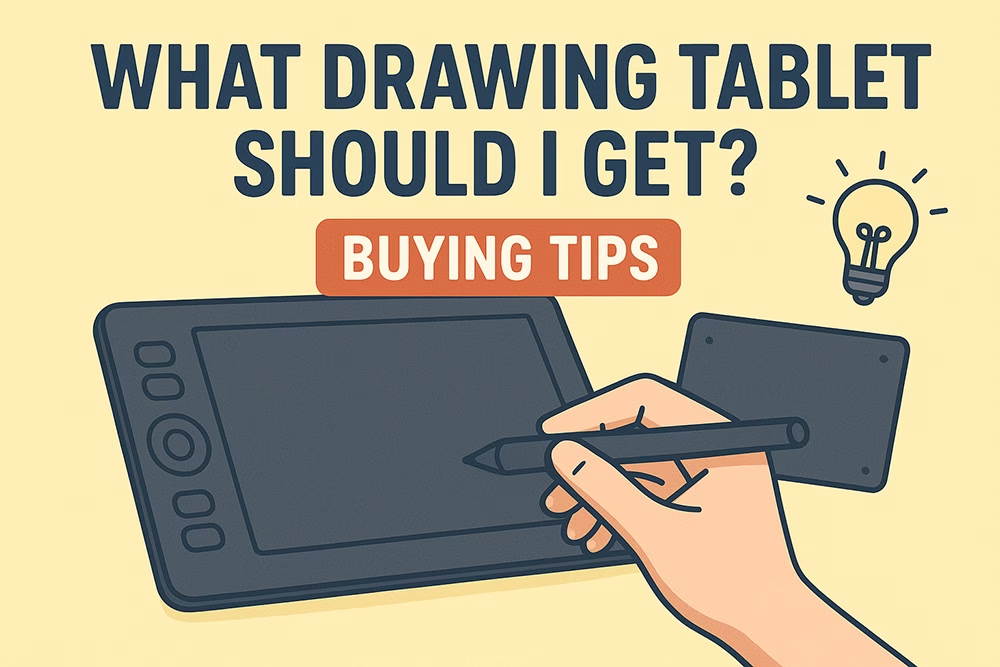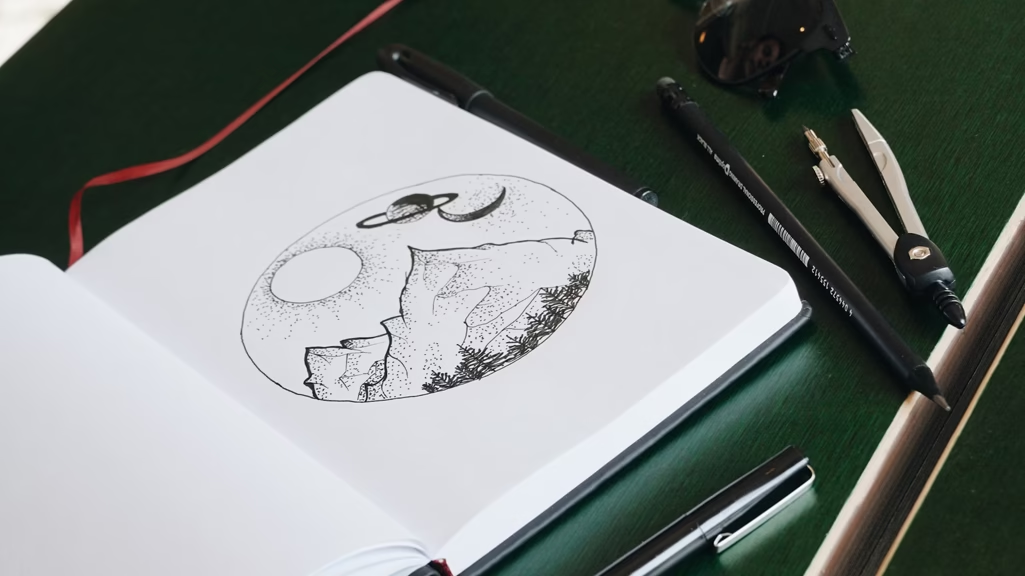You’re not alone if you’re wondering what drawing tablet I should get. Whether you’re a beginner artist, a seasoned professional, or someone wanting to dive into digital art for the first time, choosing the right drawing tablet can be overwhelming. With so many options on the market, each offering different features, sizes, and prices, how do you know which one is right for your needs? This article will help you break down the most important factors to consider when purchasing a drawing tablet, so you can make an informed choice and find the perfect device for your creative work.
Understanding the Different Types of Drawing Tablets
Before we dive into specifics, it’s essential to understand the different types of drawing tablets available. The market for drawing tablets has expanded significantly over the years, and now there are several options, each catering to different needs and preferences. Here are the main types:
- Graphics Tablets (Pen Tablets): These are the most basic drawing tablets and are ideal for artists who want precision and control. They don’t have a screen, so you draw on the tablet while looking at your computer monitor.
- Pen Displays (Screen Tablets): These tablets come with a built-in screen, allowing you to draw directly on the surface where you see your artwork. They offer a more natural drawing experience and are commonly used by professionals in graphic design, animation, and digital art.
- Tablet Computers (2-in-1 Devices): These are fully functional tablets that run full operating systems like Windows or Android. Some come with a stylus for drawing and can double as a regular tablet for media consumption or productivity. They’re a great choice for artists who need versatility.
- Portable Drawing Tablets: These are similar to pen displays but are designed to be more compact and portable, allowing for drawing on the go. They can often be used with mobile apps, so they’re a great choice for artists who need flexibility.
What drawing tablet should I get? The answer depends largely on your style of work and your budget.
Key Features to Consider Before Buying a Drawing Tablet
When considering what drawing tablet should I get, there are several factors to keep in mind. Each of these features can affect the overall experience and quality of your digital artwork:
1. Screen Size and Resolution
The screen size is one of the key factors to consider when selecting a drawing tablet. Larger tablets generally offer more space to work, which can be especially helpful for detailed work. However, they are generally expensive and less convenient to carry around. Smaller tablets, on the other hand, can be more affordable and easier to carry around, but they may feel cramped for intricate designs.
Additionally, resolution is crucial for the clarity of your work. A tablet with higher resolution will provide sharper details, which is important for professional artists or those who work with intricate details.
- Small tablets typically range from 6 to 10 inches.
- Medium tablets are usually around 12 to 16 inches.
- Large tablets go above 16 inches.
When thinking about what drawing tablet should I get, consider how much space you need to create your art comfortably and what resolution is important for your work.
2. Pressure Sensitivity and Stylus Performance
A higher pressure sensitivity is crucial for achieving varied line thickness, shading, and more natural-looking artwork. If you plan to create detailed digital drawings, it’s important to choose a tablet with at least 2048 levels of pressure sensitivity.
Stylus performance also matters. Some tablets come with styluses that offer tilt recognition (helpful for shading), while others might have a more basic, less responsive pen. Always check the stylus’ features and how it feels in your hand when deciding what drawing tablet should I get.
3. Connection Type: Wired or Wireless
The way your tablet connects to your computer or device can affect the overall workflow. While many tablets use USB connections (either USB-A or USB-C), others come with Bluetooth for wireless connectivity. Wireless options offer more flexibility and less cable clutter, but wired tablets tend to have fewer connectivity issues and may provide slightly better performance.
- Wired Tablets: Usually more affordable and don’t require charging the stylus.
- Wireless Tablets: Offers more freedom to move around but may require regular charging.
Choosing between a wired or wireless connection will depend on your workspace and preference for a clean, cable-free setup or a more straightforward, plug-and-play experience.
4. Operating System Compatibility
Before you purchase a tablet, make sure it is compatible with the operating system (OS) you’re using. Most drawing tablets work well with Windows and macOS, but some, especially portable tablets or tablet computers, may be limited to certain OS options.
For example, if you’re an iPad user and want a tablet for sketching or digital painting, the Apple Pencil paired with an iPad Pro might be a better option for you.
5. Price and Budget
The price of drawing tablets can range from as low as $50 to over $2000 for professional-grade models. It’s important to set a budget based on how serious you are about your digital artwork and the features you need.
- Budget Tablets ($50 – $300): These tablets are perfect for beginners and hobbyists. They may lack some high-end features but are still capable of producing impressive work.
- Mid-Range Tablets ($300 – $700): These offer better pressure sensitivity, larger screens, and improved stylus performance. A good option for serious hobbyists or semi-professional artists.
- Professional Tablets ($700 and above): These tablets are for those who need the best in terms of screen quality, pressure sensitivity, and performance. They’re generally used by professionals in graphic design, illustration, animation, and other digital art fields.
6. Portability
Portability holds significant value for artists who are often on the move or frequently switch workspaces, enabling them to maintain their creativity and productivity regardless of location. Larger tablets tend to be more cumbersome, while smaller tablets are lightweight and easier to transport.
For example, if you’re considering what drawing tablet should I get for portability, something like the Wacom Intuos Pro (medium size) might be a great option, as it strikes a balance between functionality and portability. If you’re looking for a tablet that functions more like a laptop, the Microsoft Surface Pro might be a great fit, as it can double as a general-purpose tablet.
7. Software Compatibility
Not all drawing tablets come with bundled software, but some do. It’s worth checking what software is compatible with the tablet you are considering, as this can add value to your purchase.
Popular software used by digital artists includes:
- Adobe Photoshop: Popular for digital painting and advanced photo editing.
- Corel Painter: Known for mimicking traditional painting techniques.
- Krita: A free, open-source painting program with extensive features.
- Clip Studio Paint: Widely used for manga and comic art.
- Procreate (iOS only): A favorite among digital illustrators on the iPad.
Before making a purchase, check whether the tablet is compatible with your preferred software, or if it comes with any useful trial versions.
Best Drawing Tablets for Different Needs
Now that you understand the key features to look for when deciding what drawing tablet should I get, let’s look at some of the top options for various needs and budgets.
Best Overall: Wacom Cintiq Pro (Pen Display)
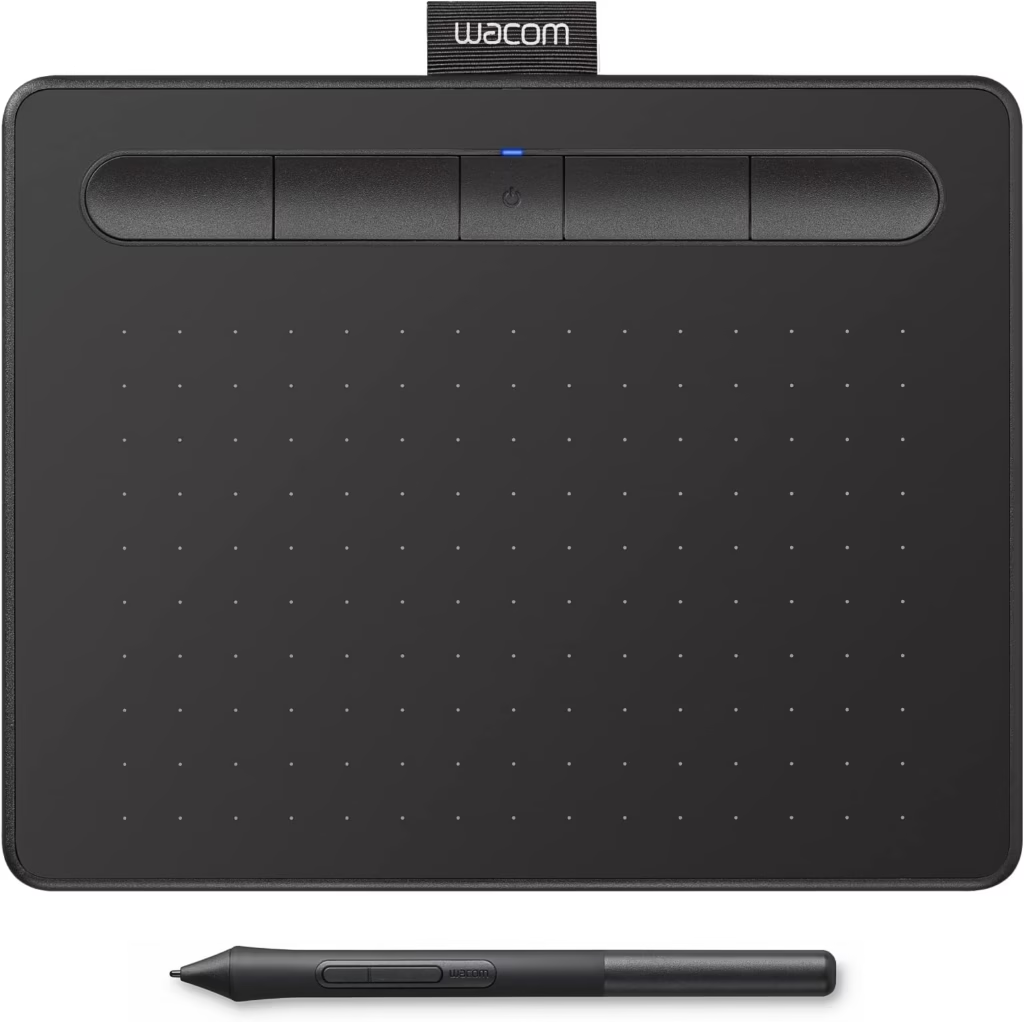
The Wacom Cintiq Pro offers an industry-leading drawing experience with its ultra-responsive pen, excellent color accuracy, and high-resolution display. This tablet is a great option for professionals who need a reliable, high-quality device for detailed digital artwork. It has 8192 levels of pressure sensitivity, tilt recognition, and an impressive color gamut, making it one of the top choices for professionals.
Best for Beginners: Huion Kamvas Pro 12
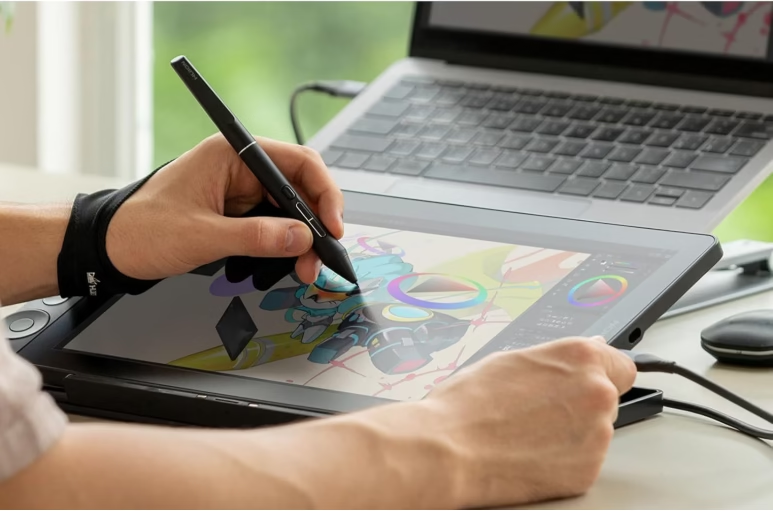
If you’re new to digital art and want a pen display without breaking the bank, the Huion Kamvas Pro 12 is a great choice. It offers a high-quality display, excellent stylus performance, and good overall value for the price. At a fraction of the cost of high-end Wacom products, the Huion Kamvas Pro 12 provides plenty of features for aspiring digital artists.
Best for Budget: XP-Pen Deco 01 V2
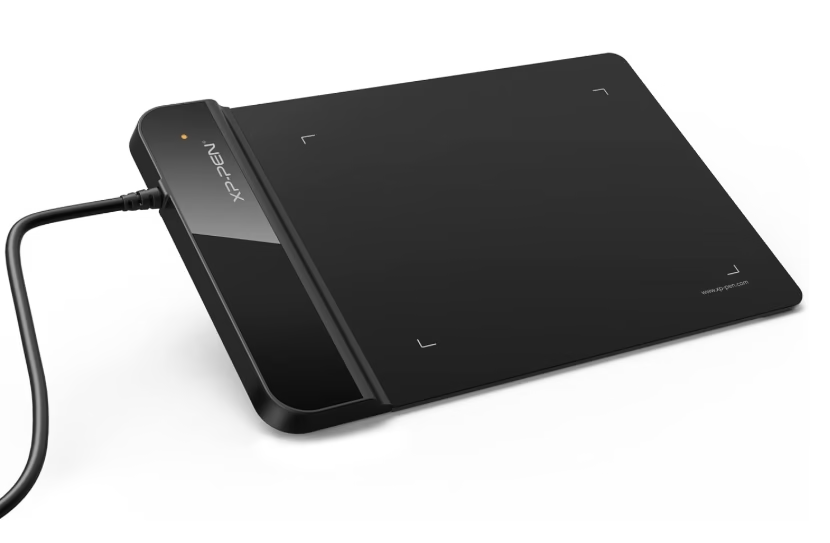
For an affordable screenless pen tablet, the XP-Pen Deco 01 V2 stands out as an excellent option. It offers a large active area, 8192 levels of pressure sensitivity, and excellent performance at an affordable price. This tablet is a great option for those who are just starting and don’t need the complexity of a full-screen tablet.
Best Portable Tablet: Apple iPad Pro with Apple Pencil
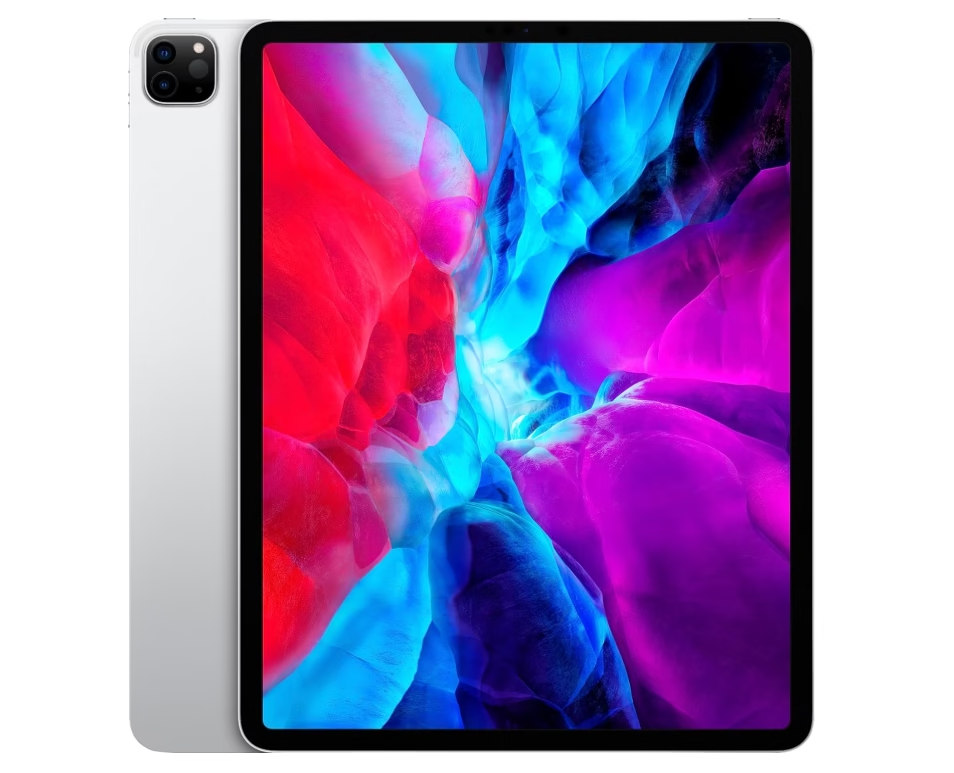
For digital artists who value portability, the Apple iPad Pro, paired with the Apple Pencil, is hard to beat. The iPad Pro offers a sleek, high-resolution screen, and the Apple Pencil provides precision and responsiveness. You can also use it for other tasks, such as browsing, media consumption, and note-taking, making it a versatile option for artists on the go.
Conclusion:
When considering what drawing tablet should I get, the most important factors to think about are your specific needs, budget, and level of experience. Whether you’re just starting out or you’re an experienced digital artist, there is a drawing tablet on the market that fits your needs. Remember to consider the size, pressure sensitivity, screen type, connectivity, and software compatibility before making your decision.
By evaluating these features carefully, you’ll be able to make a well-informed purchase and find the drawing tablet that enhances your creative workflow. Happy drawing.

